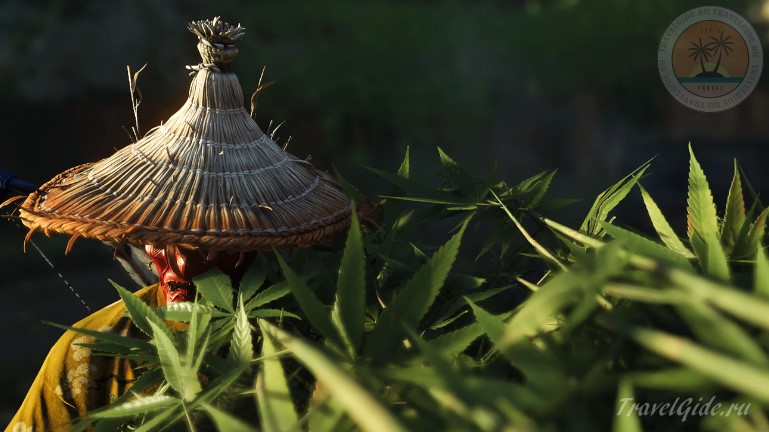
Think coca the only known plant native to South America is not entirely correct. We will not argue that this bush, similar to blackthorn, is best known by its name. However, if we are talking about coca in Japan, then we will come across a completely different, but no less interesting value.
So, koku in Japan is traditional unit of volume. Already in the medieval period, it was a unit of volume and was defined as the amount of rice needed in order to provide food for one person for one year.

In terms of liters, one 石 equaled approximately 180 liters [source], which amounted to about 150 kilograms of rice, which in volume corresponded to two and a half standard bags of rice straw.
Interestingly, 石 was used to calculate the potential income of a fief. Ten thousand 石 was the lowest value, from which a simple samurai became a daimyo, that is, the elite of the elite of Japanese society. The largest fief was valued at one million koku. It was owned by Kaga Han, also known as Kanazawa Han.

Even in some areas and regions of Japan, for example, Hokkaido, where rice was not a priority crop, the economy was still measured in cocu, and other agricultural crops, as well as all products in general, were automatically converted into their value, which correlated with the cost of the same rice.
The monetary system in Japan before the transition to the yen was also based on koku, so a gold coin of one ryu (Ryo) was the equivalent of one koku.
Koku was also used as a measure of the class of a cargo ship. Smaller ships could carry 50 units of measure, while the largest could carry over 1,000 units of measure.
The exact volumes of modern coca are 180.39 liters. This volume is one hundred times larger than modern Sho (Shō). But modern 石 is essentially equal to Edo period koku...


